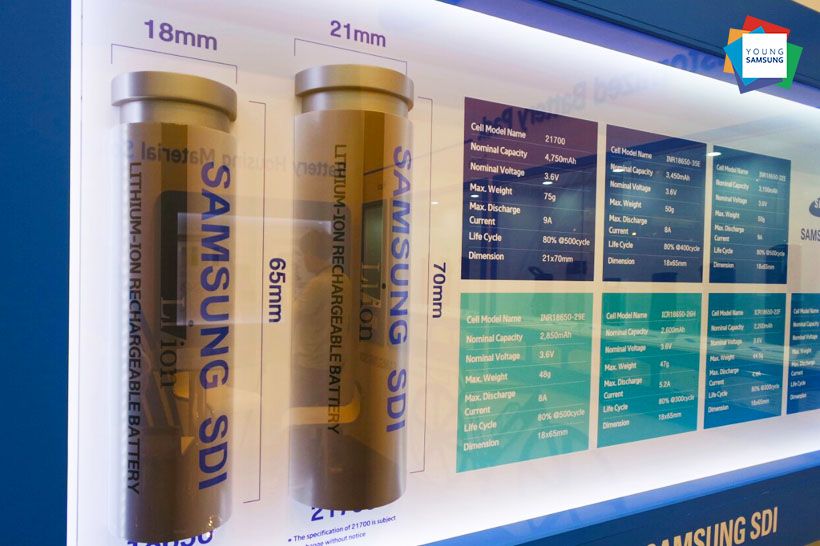LockH said:
Arlo1 said:
amberwolf said:
To reach that temperature, or to keep it there?
To reach it is probably something similar to it's storage capacity plus conversion inefficiencies/insulation losses.
To keep it there would depend on whatever the insulation level is, so the better insulated the less energy needed to keep it there.
Yes was rhetorical its quite the idea and will take some energy (and safety considerations) to make it happen.
Adelaide is a major AU city that tends to get a lot of days over 40degrees celsius during the summer, I think its helped cause them to become quite a pro-renewable energy state which they have been for a while now with up to %45 reliance on renewable energy.
The thing is Adelaide has been a lot in the local AU news lately because of high renewable energy reliance and a fair amount of electricity blackouts as well as having some of the most expensive electricity prices in the world according to Wikipedia, I don't think it's a coincidence that this new energy storage idea came out days after its recent most widely reported blackout in the media.
It's often said that the electricity grid is the most complex piece of infrastructure in the developed world. Adding into the grid renewable energy makes this most complex piece of infrastructure at least twice as complex to manage, this ABC 7:30 report touches on SAs recent blackouts but fails to connect the two issues together but its still worth checking out if you find this stuff interesting.
http://www.abc.net.au/7.30/content/2017/s4617366.htm
http://www.abc.net.au/7.30/content/2017/s4633511.htm
Germany has increased at least 7 times its annual grid management costs over the last few years trying to manage the stability of its grid when merging in new windfarm sources etc.
There is a large coal power plant in Victoria that's getting shut down next month and South Australia/Adelaide buys a lot of power from Victoria, the state grid interconnect is always running at full capacity.
So there is a lot of tension and blame going around, its going to get interesting when the Victorian hazelwood power station does shut down next month.
https://en.wikipedia.org/wiki/Hazelwood_Power_Station




